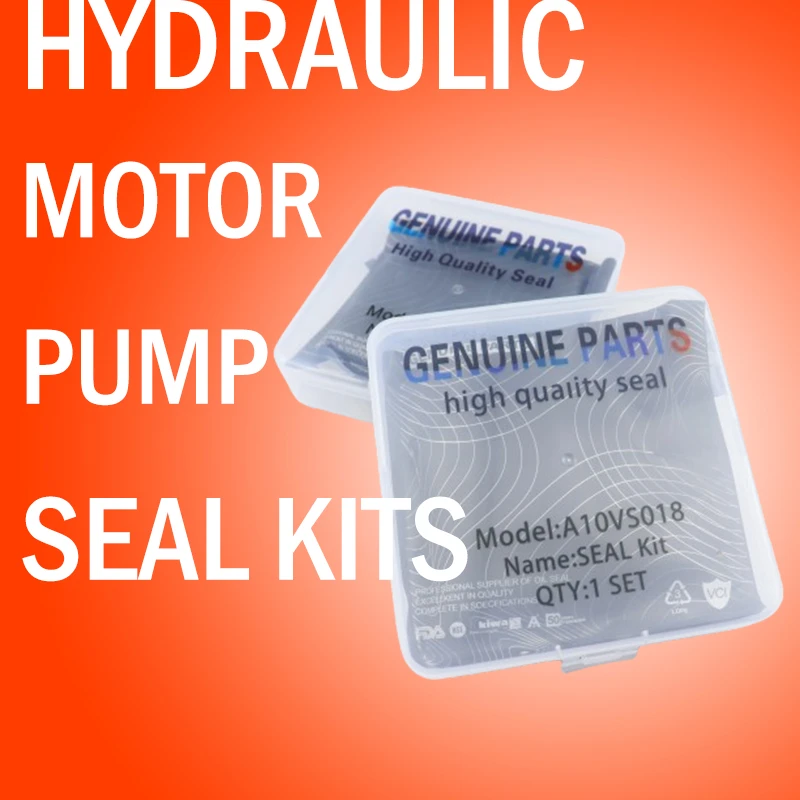നവം . 19, 2024 06:39 Back to list
hydraulic seal
Understanding Hydraulic Seals Importance and Applications
Hydraulic seals play a vital role in various industrial and engineering applications, serving as a crucial component within hydraulic systems. These seals are designed to prevent fluid leakage and maintain pressure, ensuring the efficient operation of machines and equipment that rely on hydraulic power. In this article, we delve into the significance of hydraulic seals, their types, materials, applications, and the factors affecting their performance.
Importance of Hydraulic Seals
The primary function of hydraulic seals is to contain hydraulic fluids within a system, preventing unwanted leaks that can lead to decreased efficiency and increased operational costs. Leaks not only waste valuable resources but can also pose safety risks and environmental hazards. Proper sealing is essential in maintaining the integrity of hydraulic systems, as it helps in achieving optimal pressure levels, reducing wear and tear on components, and extending the service life of machinery.
Types of Hydraulic Seals
There are several types of hydraulic seals, each designed for specific applications. The most common types include
1. O-rings These are circular seals that fit into a groove and are widely used due to their simplicity and effectiveness in preventing fluid leakage.
2. Rod seals Typically used in hydraulic cylinders, rod seals prevent fluid from leaking out where the rod extends and retracts.
3. Piston seals These seals operate within hydraulic cylinders and prevent the fluid from escaping between the piston and the cylinder wall.
4. Wipers Also known as dust seals, wipers are used to keep contaminants out of the hydraulic system, ensuring clean operation.
5. Back-up rings These are used in conjunction with O-rings to prevent extrusion under high-pressure conditions.
Each type of seal is engineered to withstand specific pressures, temperature ranges, and environmental conditions.
Materials Used in Hydraulic Seals
Hydraulic seals are made from various materials, chosen based on the application's requirements
. Common materials include- Nitrile Rubber (NBR) Known for its excellent resistance to oils and fuels, NBR is widely used in hydraulic seals.
hydraulic seal

- Polyurethane (PU) This material offers superior wear resistance and is suited for high-load applications.
- Fluorocarbon (FKM) Providing excellent chemical resistance, FKM is ideal for harsh environments where fluids may be aggressive.
- PTFE Known for its low friction properties and high-temperature resistance, PTFE seals are often used in both dynamic and static applications.
These materials are selected to ensure that hydraulic seals perform effectively across a wide range of temperatures and pressures.
Applications of Hydraulic Seals
Hydraulic seals find applications in numerous industries, including
- Manufacturing Hydraulic seals are essential in machinery such as presses, injection molding machines, and CNC equipment.
- Automotive In vehicles, hydraulic seals are used in brake systems, power steering units, and hydraulic lifts.
- Aerospace Aircraft systems often utilize hydraulic seals to maintain pressure and prevent leaks in landing gear and control systems.
- Construction Heavy machinery, such as excavators and bulldozers, rely on hydraulic seals for their hydraulic systems to function effectively.
Factors Affecting Seal Performance
The performance of hydraulic seals can be influenced by several factors, including operating temperature, pressure, fluid compatibility, and contamination levels. Regular maintenance and inspection of seals are essential to ensure their longevity and effectiveness in hydraulic systems.
Conclusion
In summary, hydraulic seals are indispensable components in ensuring the safe and efficient operation of hydraulic systems across various industries. The right selection of seal types and materials, coupled with proper maintenance, can significantly enhance the performance and reliability of hydraulic equipment. As technology advances, the development of improved sealing solutions will continue to play a critical role in the evolution of hydraulic systems.
-
Understanding Oil Seals and Their Role in Machinery Efficiency
NewsApr.08,2025
-
The Importance of Seals in Agricultural and Hydraulic Systems
NewsApr.08,2025
-
Essential Guide to Seal Kits for Efficient Machinery Maintenance
NewsApr.08,2025
-
Choosing the Right TCV Oil Seal for Your Machinery
NewsApr.08,2025
-
Choosing the Right Hydraulic Oil Seals for Reliable Performance
NewsApr.08,2025
-
A Comprehensive Guide to Oil Seals and Their Applications
NewsApr.08,2025
-
The Importance of High-Quality Oil Seals in Industrial Applications
NewsMar.26,2025
Products categories
















